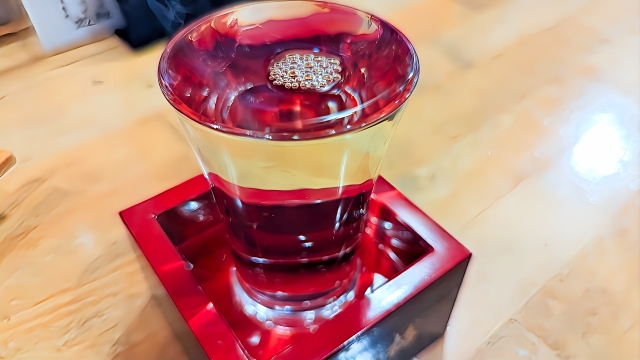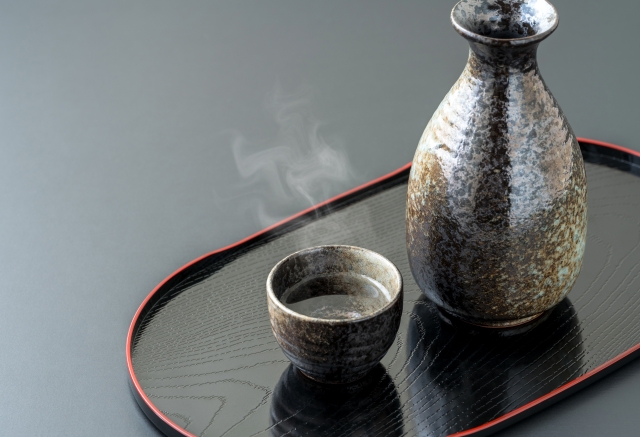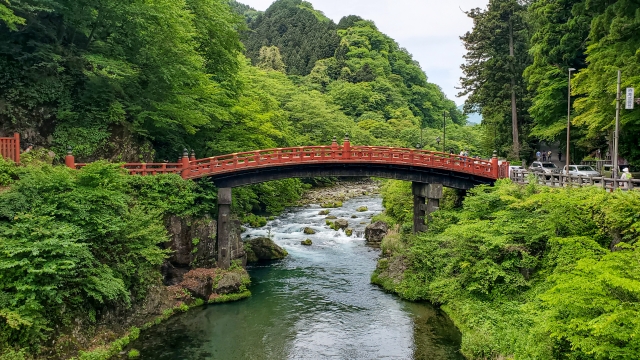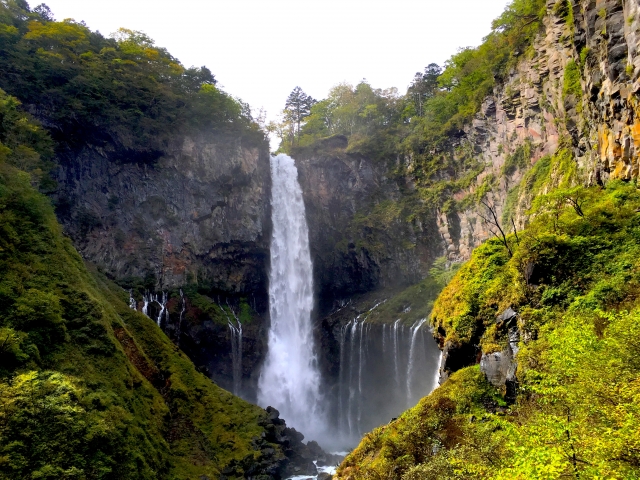About the Hot Sake

History of drinking
Hot sake has a long history as a heated drink. This method is especially popular in winter and has a warming effect on the body. Sake can be enjoyed at different temperatures depending on the season, physical condition, and food.
There are many brands of sake that are suitable for heating, especially expensive sake such as Ginjo-shu, which is often served chilled rather than heated because it is believed that the delicate flavor is lost.
However, more and more breweries are recommending lukewarm warming, even for Ginjo-shu, as the flavor is more pronounced when the sake is heated.
Variations in Temperature Range
There are different temperature ranges for heated sake. For example, “jumped-up” sake becomes dry and has a sharp flavor at about 55°C (122°F), while “hot” sake becomes sharp and dry at about 50°C (122°F). The flavor becomes pungent and dry at about 55°C (55°F), while “hot” sake becomes pungent and dry at about 50°C (122°F).
How to Warm Heated Sake
There are several ways to heat sake. The most commonly recommended method is to boil water, then turn off the heat and dip the sake bottle into the water to adjust the temperature of the heated sake.
Another way to heat sake is in a microwave oven, but microwaving tends to produce uneven temperatures, so stirring with a muddler is necessary.
Sake details
As for how to select and serve sake that is suitable for heating, restaurants with an okinban (a specialist in heating sake) will often serve sake at the optimal temperature, and sometimes the recommended temperature is listed on the sake label.
Using this information, you can write an article about the history, characteristics, and enjoyment of warm sake. Including information about different types of sake, how the taste changes with temperature, and how to make heated sake at home will make the content more appealing to readers.
Types of sake suitable for warming

The following types of sake are generally recommended for heating sake. These sakes tend to increase in flavor and aroma when heated.
- Junmai-shu : Sake made exclusively from rice and rice malt. It has a mild aroma and a mild richness when heated. It is especially good with seasonal ingredients such as saury and mushrooms in the fall.
- Honjozo-shu : Sake with brewing alcohol added. It has a light, refreshing taste and is suitable for warming sake at higher temperatures.
- Yamahai and Kimoto : Sake made with these traditional brewing methods has a strong flavor and high acidity. These characteristics are softened and mellowed by heating, bringing out new characteristics.
- Futushu : So-called “regular sake” is generally the least expensive type of sake. This type of sake is heated to make it more palatable.
In addition, although ginjo-shu and daiginjo-shu are generally served chilled, heating them can give them new characteristics. However, heating sake requires skill. Especially with expensive sake, heating the sake can spoil its delicate flavor.
| Temperature Range | Temperature | Characteristics |
|---|---|---|
| Tobikiri Kan (飛び切り燗) | 55-60°C | Strong aroma and dry taste. |
| Atsu Kan 熱燗 | 50°C | The flavor becomes pungent and hot. |
| Jo Kan(上燗) | 45°C | The aroma becomes denser and the flavor deeper. |
| Nuru Kan(ぬるかん) | 40°C | The aroma opens and the flavor mellows. |
| Hitohada Kan (人肌燗) | 35°C | The aroma of rice and malted rice can be enjoyed, and the flavor is fuller. |
| Hinata Kan(ひなたかん) | 30°C | Temperature at which the flavor is enhanced. |
| Hiya(ひや) | 20°C | Served at normal room temperature |
| Suzu Bie(涼冷え) | 15°C | Some time has passed since being taken out of the refrigerator. |
| Hana Bie(花冷え) | 10°C | The fragrance becomes faint. |
| Yuki Bie(雪冷え) | 5°C | Further chilled. |
My Opinions
In my personal opinion, I always drink it cold. Or room temperature.
However, there are a variety of changes you can feel depending on the temperature, so it is fun to find your own preference.
Please read this article to find your favorite sake.
Details…Atsukan




